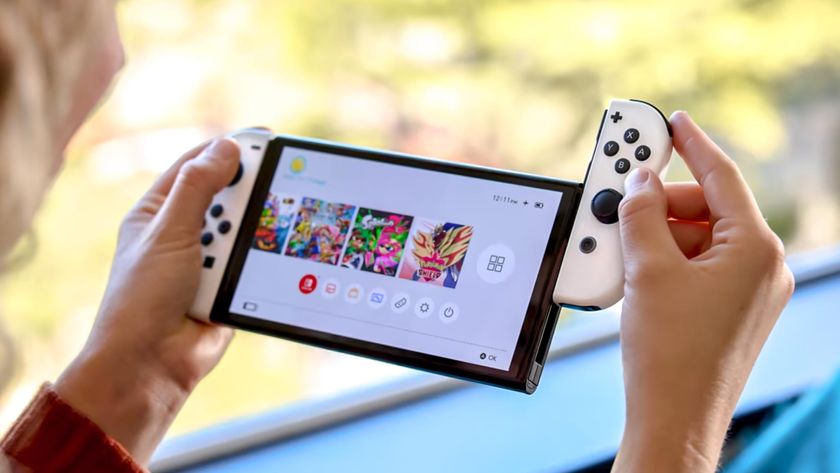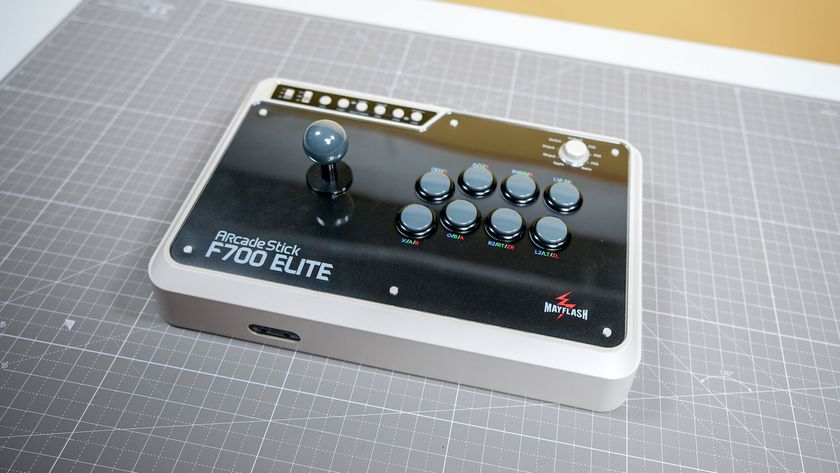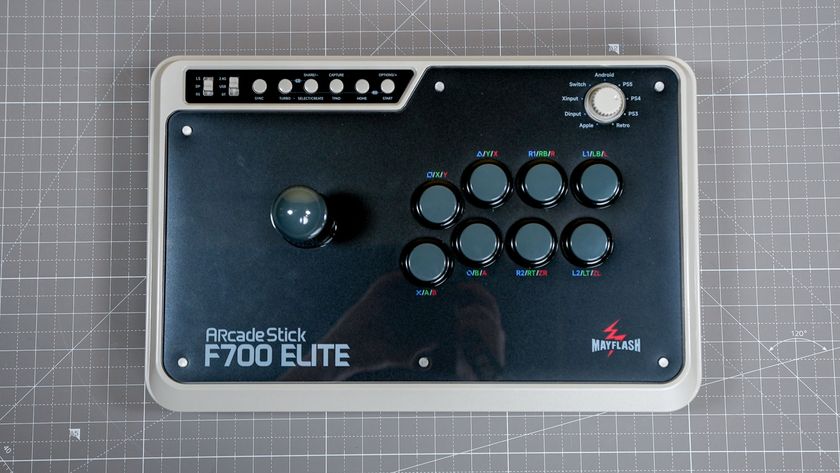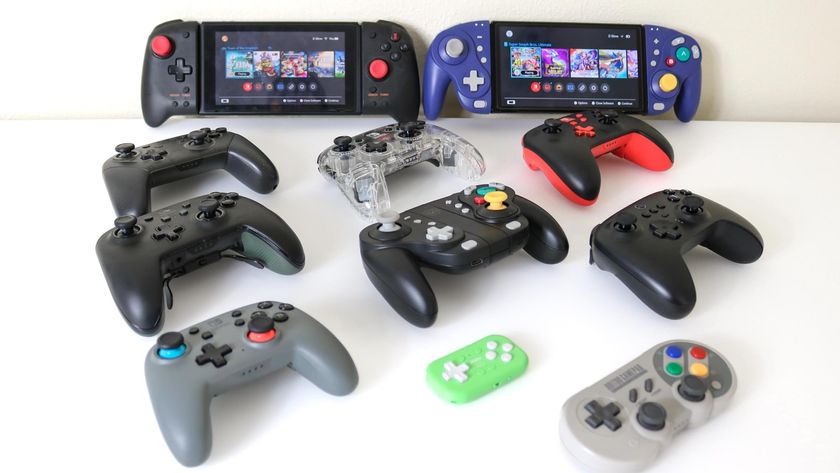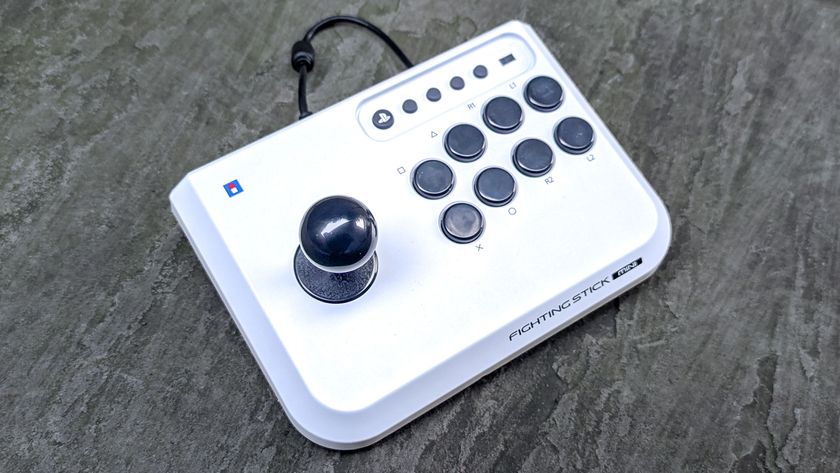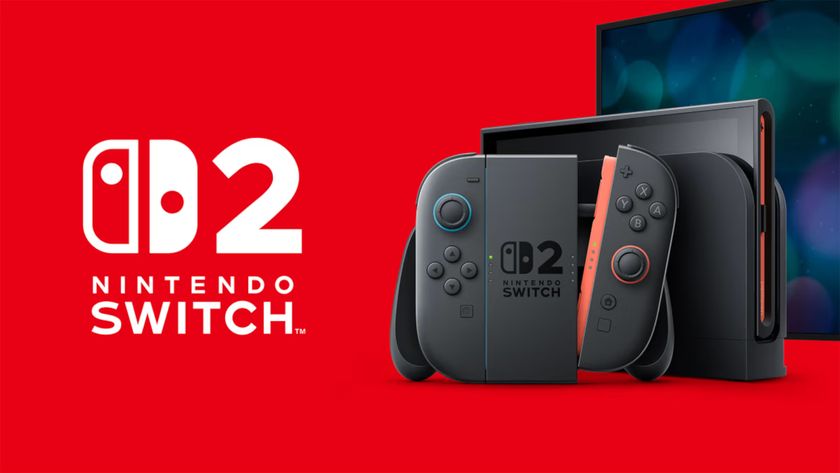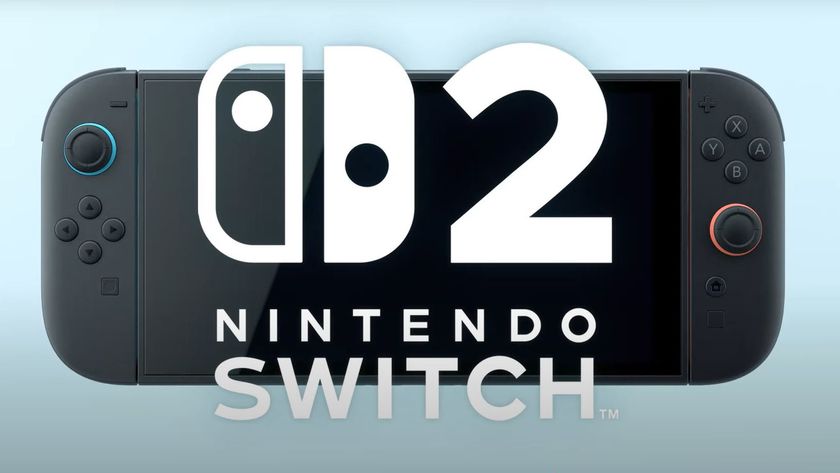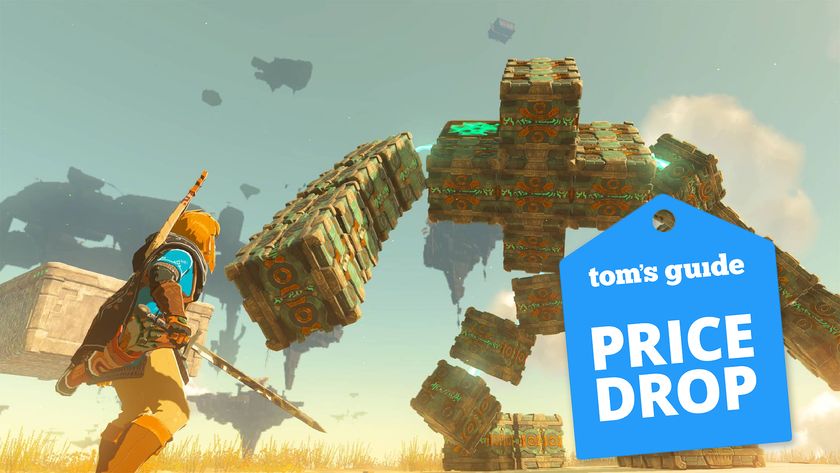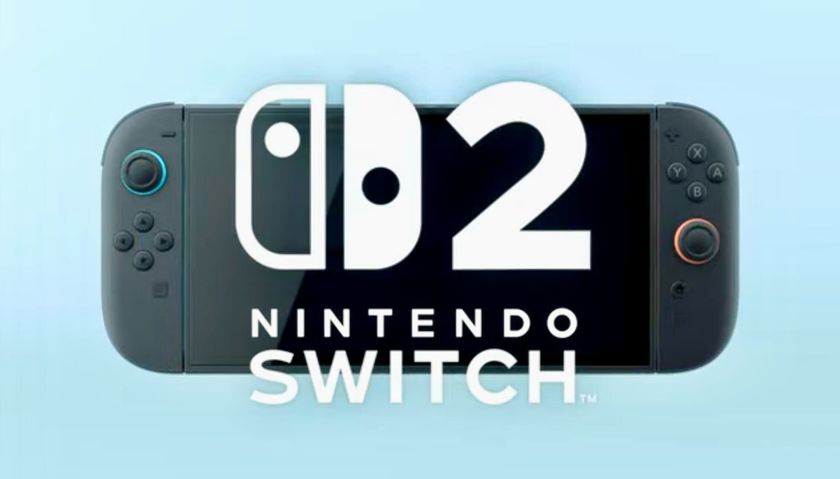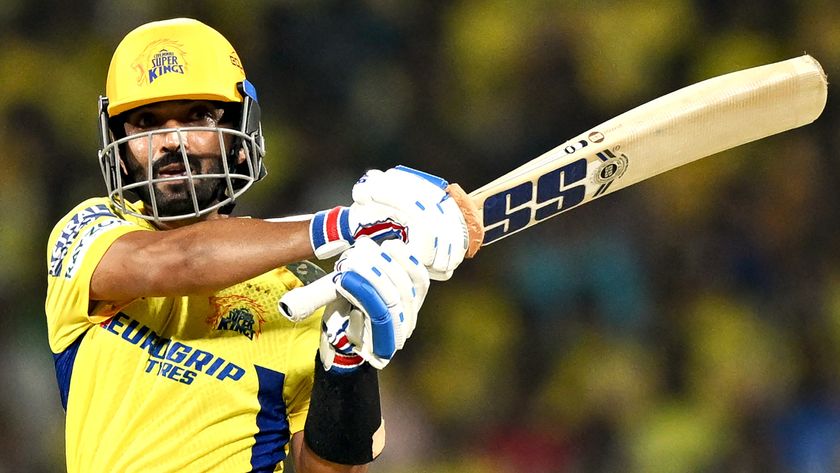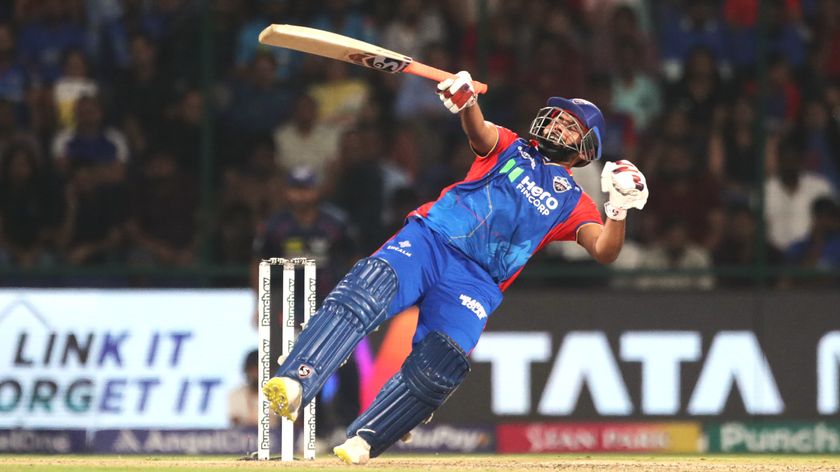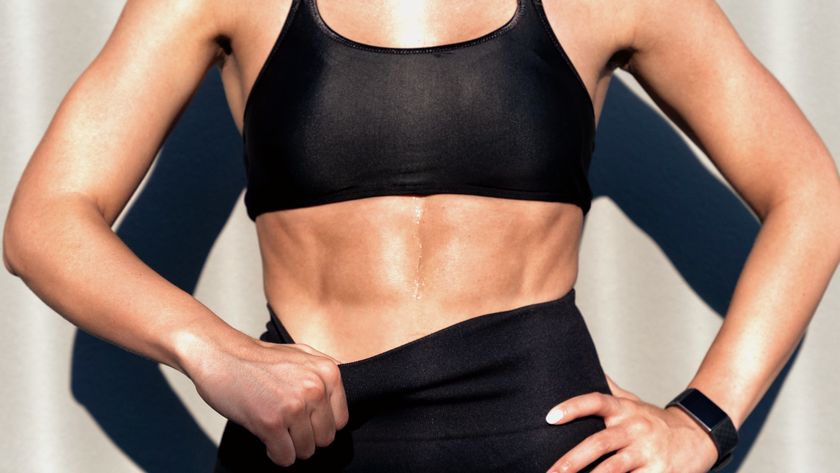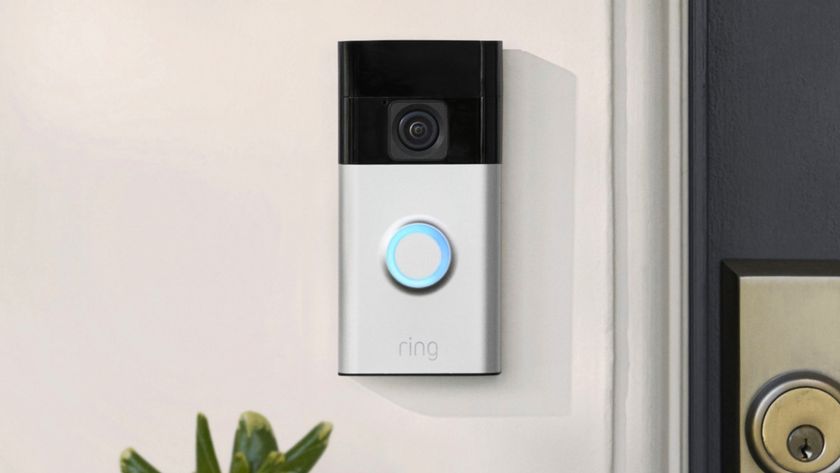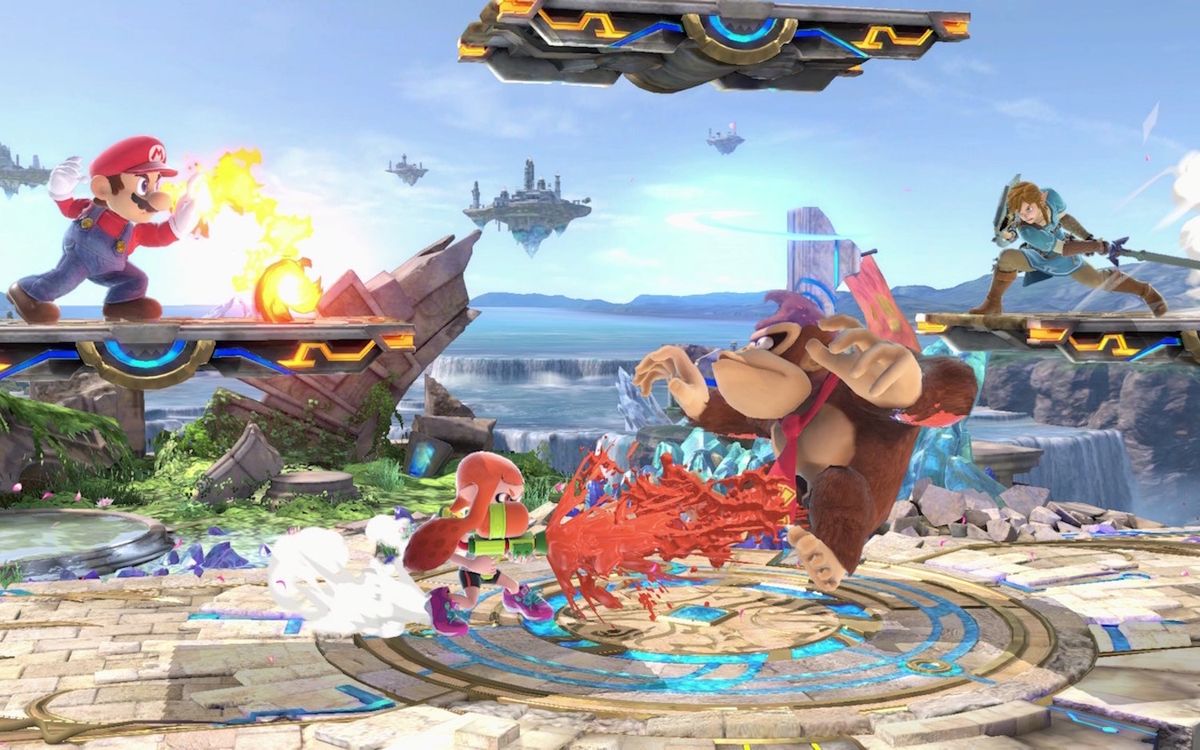
Your friend group has temporarily dropped Fortnite and is now all consumed with Super Smash Bros. Ultimate. You've probably played Smash Bros. before, but you've never been the person in your group who dominates. That's because you're looking at the game incorrectly. Once you open your mind to how Smash works, you'll learn that there's more to the game than holding smash attacks.
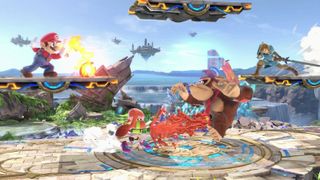
Here are five essential tips for playing like a pro in Super Smash Bros. Ultimate.
Stay in the center.
There are over 100 stages to choose from in Super Smash Bros. Ultimate, but most boil down to one large platform with a few suspended platforms. Smash, like any other fighting game, is about positioning. It's an intricate game of high-speed chess, one in which you need to carefully place your character to gain the advantage.

The main large platform is considered the neutral zone. Try and maintain control of this area. Do not give it up. That doesn't mean you just stand in the center and wait for your opponent to attack. But if you stay in the center while staying active, it will give you the most options to attack.
Here, you'll have access to all platforms. And generally, the opponent will have to approach you from a compromised position, like from above or from the side. Pay attention and look for the best time to attack.
Be patient. Be defensive.
While Ultimate is faster than its predecessor, Super Smash Bros. for Wii U, it still very much favors patience and defense as opposed to all-out offense.
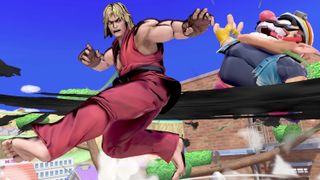
Instead of always attacking, mix it up. Stay in one place and "dance" a little. Just move your character back and forth really fast and watch your opponent. Right when they open themselves up, you can go in for the attack or a quick grab.
Sign up to get the BEST of Tom's Guide direct to your inbox.
Get instant access to breaking news, the hottest reviews, great deals and helpful tips.
Being defensive doesn't mean holding your shield all the time, though. While shields are powerful in Ultimate, they're not all-powerful, like they were on Wii U. By holding a shield, you open yourself up for grabs. And if your shield breaks, you'll be left defenseless and one supercharged smash attack will send you flying off to the blast zone.
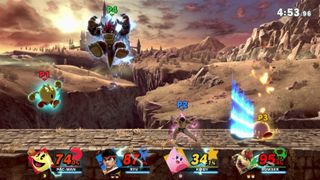
Avoid the temptation to constantly roll. New players often do this. And while it might be a good defensive strategy against your kid cousin, it won't work against more-experienced players.
This goes for dodging in the air as well. Focus on how your opponent may approach you in the air as you're falling. Because Ultimate brought back the directional air-dodge — meaning you can dodge in any direction while in the air — you can mix things up and dodge up, toward the left or wherever. Just try and get back to solid ground as quickly as possible.
Learn to tilt.
While the title of the game may suggest that it's all about smashing, that shouldn't be the crux of your strategy. Most of your attacks should be about racking up damage and setting up for combos. Smash attacks leave you vulnerable for punishes, and if you do land one, it's hard to follow it up with another move, as the opponent has likely been sent flying.
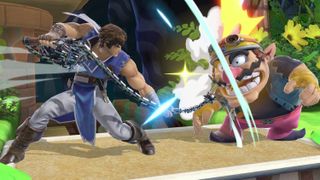
But if you slightly tilt the analog stick in any direction and press the attack button, you'll notice smaller moves called tilts. They can create openings for greater combos. Plus, you can string together tilts to rack up quick and easy damage.
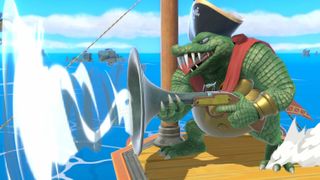
Sure, it might be boring to do the same kick or punch over and over again, but if your opponent can't get out of the stun animation, use that to your advantage. Just learn when to back off, because eventually, they'll be able to counterattack.
For most players, the forward tilt or the up tilt are the hardest to consistently pull off. It's such a slight movement of the stick that players often accidentally end up forward-smashing or dashing. Some players go into their settings and turn off up-to-jump so they can more easily do up-tilts. Generally, this is good advice. But it comes down to preference.
MORE: Super Smash Bros. Ultimate: The Best Fighters for Beginners and Experts
Get a feel for how far you have to move your stick, and practice tilts like crazy.
The C-stick is your friend.
The C-stick, or the right analog stick if you're using a Pro Controller or two Joy-Cons, is generally used for doing quick Smash attacks. But you can do so much more with it.
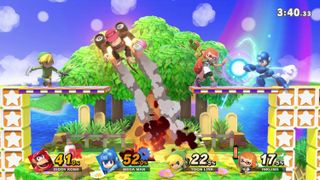
First off, go into the Settings menu and set stick sensitivity to High. This will make things more precise. Next, go to C-stick Settings and choose if you'd like to have it for tilts or Smash attacks.
Your choice can depend on character and strategy. Some characters, based on which moves are best for kill setups, might work better with Smash attacks rather than tilts set to C-stick. Experiment and see what works best.
The next thing you'll want to do is learn to short-hop. This is exactly what it sounds like: pressing the jump button really quickly to do a small hop. Combine this action with fast-falling, or pressing down on the analog stick at the peak of your jump to drop down really fast.
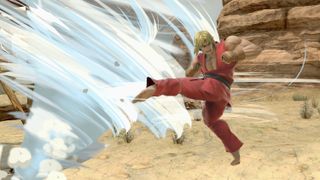
Go into Practice mode and do this over and over again. This will ingrain some technical skill into your fingers. Short-hop; fast-fall. Short-hop; fast-fall. Trust us. Do it.
Next, you'll want to hit the C-stick after you short-hop. This will initiate an aerial attack. So, if you short-hop and press forward on the C-stick, your character will do a forward-air, or an f-air. Do this over and over again. You'll notice that using the C-stick instead of the attack button gives you have more aerial options. For example, you can now short-hop in the backward direction while throwing out an f-air. You're simultaneously moving backward and attacking the opponent in front of you. This is huge.
After you master short-hopping while using the C-stick to do aerial attacks, see if you can also fast-fall. Yeah, it's tough. In less than a second, you'll need to short-hop, then fast-fall, and before you hit the ground, you'll need to throw out a move with the C-stick. It'll take a bit to get the timing right, but once you do, you'll be able to throw out a lot more attacks a lot faster than all your friends.
Practice with Level 1 CPUs
When practicing at home, there might be a temptation to play against Level 9 CPUs to prove you've got what it takes. In reality, while the Level 9 CPUs in Ultimate are tough, training against them might ingrain some bad habits, like immediately air-dodging or being on pure offense at all times. Plus, you're not ready for that. You need to build up your combo game.
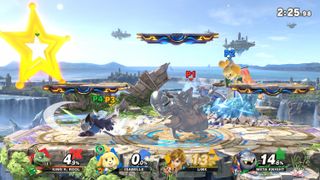
Playing against Level 1 CPUs is like practicing with a punching bag. In this setting, you can build your fundamentals. Use your short hops to find combos. Also, pay attention to damage percentages. Some combos can be done more easily at lower percentages than at higher ones. And once percentages are high enough, look for kill strategies.
For some, that might be a smash attack; for others, it might be an offstage back-air. Every character has different strengths and weaknesses. This is the time to figure out which moves work best.
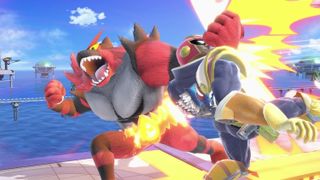
Also, if you're working with a character who has projectiles, like Samus and the charge shot or Sheik and the needles, this is a good time to see which move can land gimp kills. These are low percentage kills that you can pull off thanks to a projectile that pushes the opponent just a little too far from the stage. It might sound cheesy, but even attempting these more brazen moves early on in a match can "tilt" your opponent, or make them rethink their strategy. Once you've gotten into their head, you're on your way to victory.
Ultimate also has a more robust training mode than in past games. This time you have have a graph paper like background so you can see exactly how high your jumping or how much distance a forward smash takes up. Eventually, you can move on to Level 9 CPUs. When you do, you'll notice that all of them play mostly the same. Look out for habits. Find these habits, and learn how to exploit them to your advantage.
Bottom Line
There's so much more that we could go into, but these five tips should get you on your way to Smash glory. Be sure to connect with your local Smash scene if you're interested in going to tournaments. You don't need to compete; you can usually show up and play friendlies. And there, you can watch other people play and you can practice with more-experienced players. Practicing with a diverse pool of strategies and talent is the best way to grow as a player.
The best way to find what’s going on in your area is to type in the name of your town and city on Facebook and add “smash” to your search query. There are also some great YouTubers to follow, like Tempo Storm’s Gonzalo “ZeRo” Barrios, the best Smash 4 player of all time, or Team SoloMid’s William “Leffen” Hjelte. Both channels will see updates as the Ultimate metagame develops.
Just remember: Spamming smash attacks and rolling is for noobs.
Credit: Nintendo
Imad is currently Senior Google and Internet Culture reporter for CNET, but until recently was News Editor at Tom's Guide. Hailing from Texas, Imad started his journalism career in 2013 and has amassed bylines with the New York Times, the Washington Post, ESPN, Wired and Men's Health Magazine, among others. Outside of work, you can find him sitting blankly in front of a Word document trying desperately to write the first pages of a new book.
